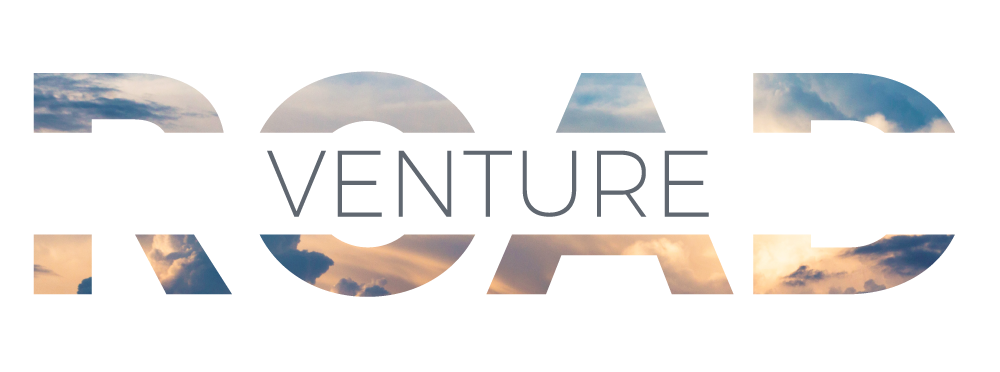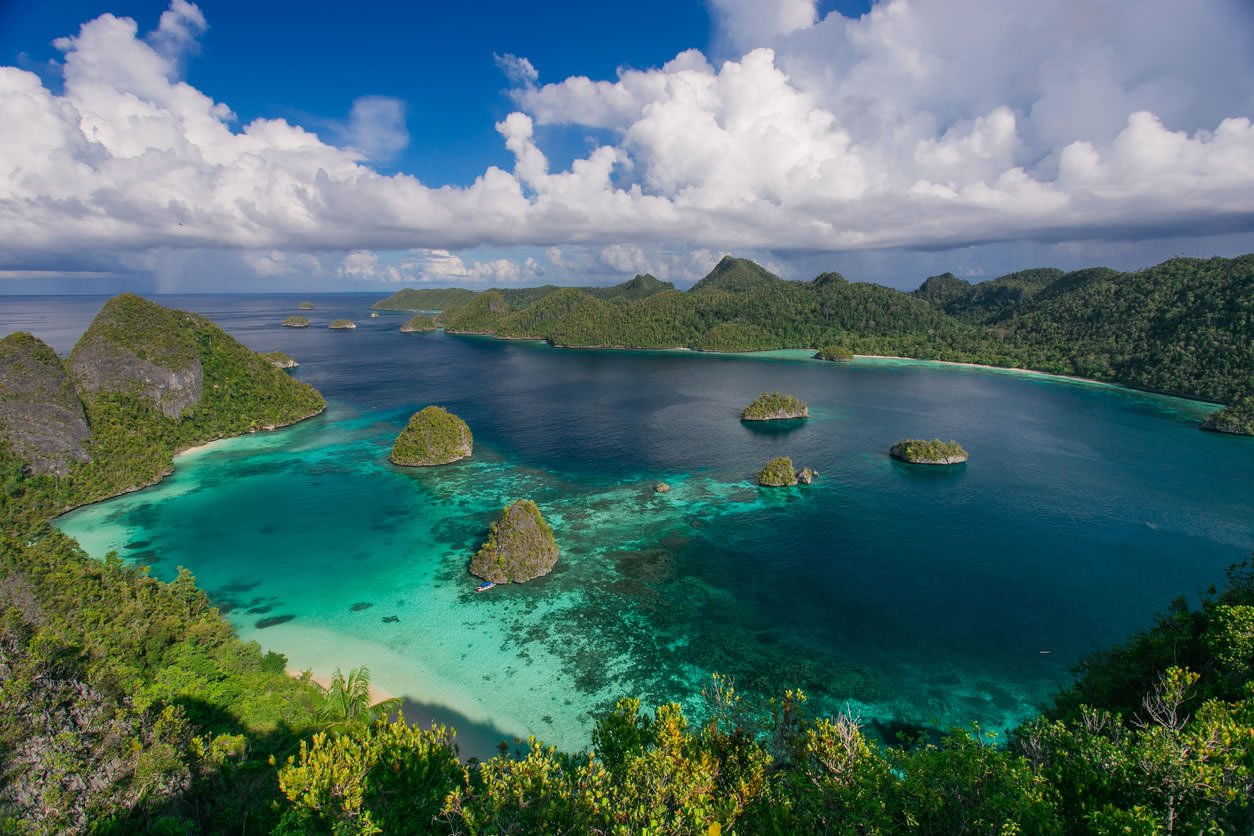Do You Know Which Country This Flag Represents?
In the western edge of the Pacific Ocean, between the north of Australia and east of Indonesia, is the resource-rich and diverse country of Papua New Guinea. Comprised of more than 600 islands and with much of its terrain isolated by volcanoes and mountains, the country is home to many different communities and ethnic groups, many of which evolved in total isolation from each other. More than 850 languages are spoken throughout the islands, which are home to an estimated 9 million people.
The National Parliament House Source: Global Citizen
Papua New Guinea hasn’t been an independent nation for very long. Before 1975, Britain, Germany, and Australia ruled the country at different times. Papua New Guinea became self-governing in December 1973 and achieved independence on September 16, 1975. The country joined the United Nations in October 1975. Known for its warm people, colorful art and rural communities where modern amenities like electricity and running water are largely unavailable, there is much more complexity to what is easily one of the most diverse nations in the world.
The Chimbu Tribe at the Mt. Hagen Cultural show. Source: David Van Driessche
Did you know? Ancient inhabitants are believed to have arrived in Papua New Guinea around 50,000 years ago from Southeast Asia during an Ice Age period when the sea was lower and the distance between islands was shorter. New Guinea (as it used to be known), one of the first land masses after Africa and Eurasia to be populated by modern humans, had its first migration around the same time as Australia. It is one of the oldest continuously populated places on the planet.
Around 7,000 BC, agriculture was independently developed in the Papua New Guinea highlands, making it one of the few areas of original plant domestication in the world. Approximately 2,500 years ago, a major migration of Austronesian speaking people came to the coastal regions, bringing with them pottery, pigs, and certain fishing techniques. Roughly 300 years ago, the sweet potato entered New Guinea with its far higher crop yields, transforming traditional agriculture. It largely supplanted the previous staple, taro, and gave rise to a significant increase in population in the highlands.
A group of women that are part of the Mangoro Market Meri which was set up to help the women manage their mangroves sustainably. Source: The Nature Conservancy
The island country contains half of the third largest tropical rainforest in the world - after the Amazon and the Congo - and its reefs form part of the Coral Triangle (a region containing the world’s highest marine biodiversity). Even though Papua New Guinea only covers 1 percent of Earth’s total land area, it has 5 percent of the world’s biodiversity. More than 20,000 plant species, 800 species of coral, 600 species of fish, and 750 species of birds call these islands home. And, since the country is remote, is has so far remained less exploited than many other regions of the world and still contains much of its diversity.
A coastal bay in Papua New Guinea. Source: Streluk/Getty Images
Fast Facts About Papua New Guinea
According to Human Rights Watch, over 40% of the nation lives in poverty despite being incredibly rich in natural resources.
The Mt. Hagen Cultural show is one of the country’s leading visitor attractions. More than 75 tribes come together and showcase dancing rituals and cultural traditions.
The primary resources of Papua New Guinea are copper and gold.
Outside of conflict zones, Papua New Guinea is estimated to have one of the highest rates of violence against women on earth. The Australian Federal Police have described gender-based violence here as a pandemic, with close to 70% of women having experienced violence from their partners or husbands.
Although Papua New Guinea sits just below the equator and has a tropical climate, it has a mountainous region that reaches up to 14,500 feet and receives snowfall.
Violence against women accused of sorcery is still prevalent here.
Although gender inequality is a widespread issue in Papua New Guinea, several communities in the country are matrilineal. This means that women are the traditional custodians of the land, a tremendously valued resource. Land titles are passed down from generation to generation via women, which is a form of social power that provides women with a higher status in society. It also means that women who marry outside their village do not have to leave their home to relocate to their husband’s village, as many women in patrilineal societies do.
The highlands boast a completely different landscape than the coastal regions of the country. Source: Travel Marbles
Two-thirds of women in Papua New Guinea suffer domestic abuse – how can it be stopped? Read more here.
Mt. Hagen Cultural Show Source: Ursula’s Weekly Wanders
Pineapple, pawpaw, mango, passionfruit, banana, watermelon, guava, yam, sweet potato, cassava, bread fruit, green bananas, sago, aibika (Papua New Guinea spinach), snake beans, chestnut and pit pit (a palm grass eaten as a vegetable) are some of the most commonly eaten fruits and vegetables in Papua New Guinea. Source: Devpolicy Blog
Ignite your senses and curiosity - and expand your intercultural communication skills - through exposure to countries around the world. Intercultural compassion and communication is critical in today's world to ensure peace, resource stability, to improve relationships between countries and advance human rights globally.
Learn about our travel opportunities here.








